Apollo 15: First Moon Buggy Celebrates 45th Anniversary
Apollo 15 Moon Landing 45th Anniversary

NASA's Apollo 15 mission launched to the moon 45 years ago, on July 26, 1971. The spacecraft carried three astronauts and was the first of a series of "J" missions, which allowed for longer stays on the moon and greater surface mobility, using a lunar roving vehicle (LRV). Here, astronaut David R. Scott, the mission's commander, stands next to the American flag at the Hadley-Apennine landing site on Aug. 1, 1971.
Spacesuit Test
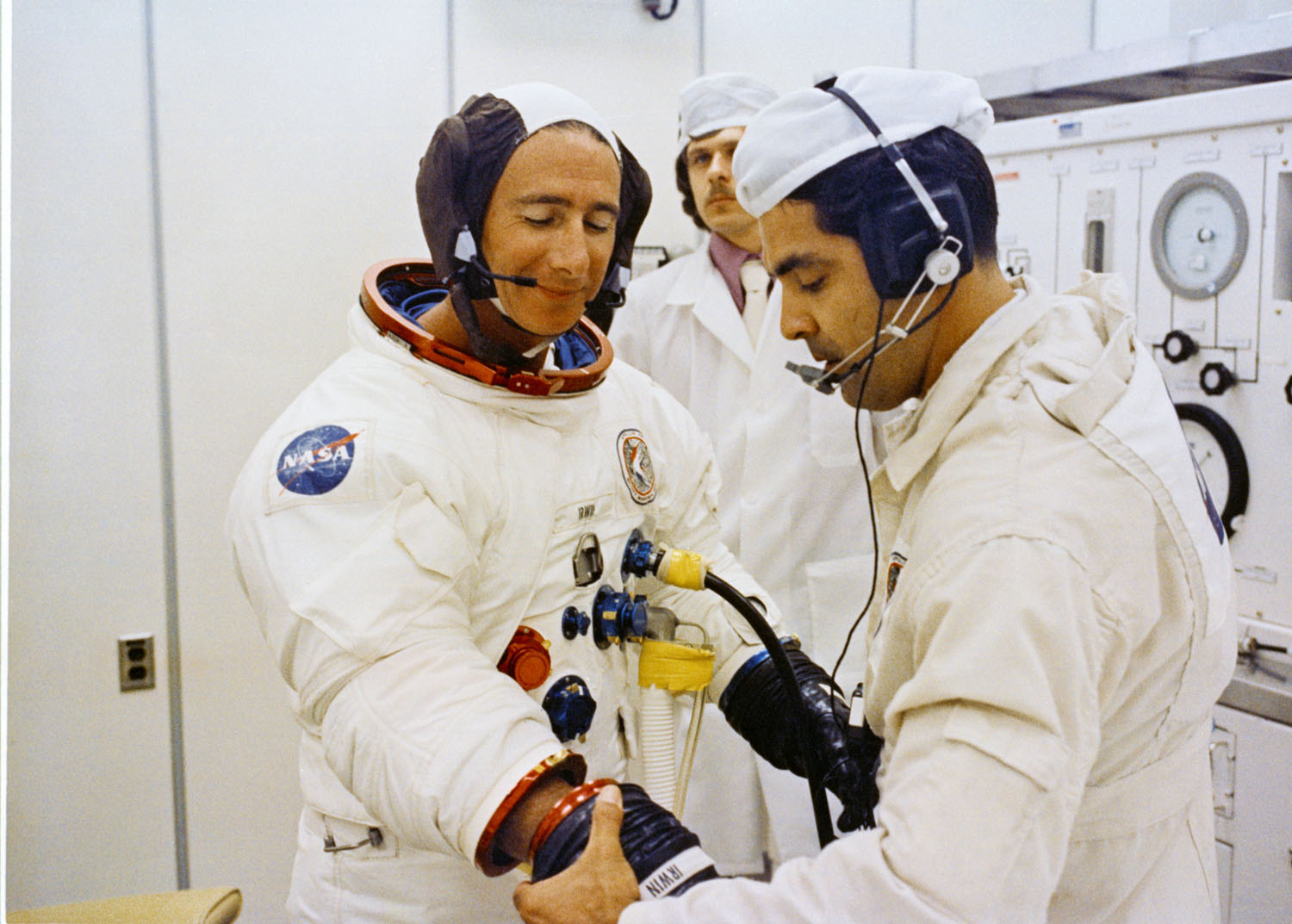
Astronauts test out their spacesuits at the Kennedy Space Center's (KSC) Manned Spacecraft Operations Building (MSOB) during the Apollo 15 prelaunch countdown. After suiting up, the crew was transported to Pad A, where their spacecraft awaited them.
Apollo 15 Launch
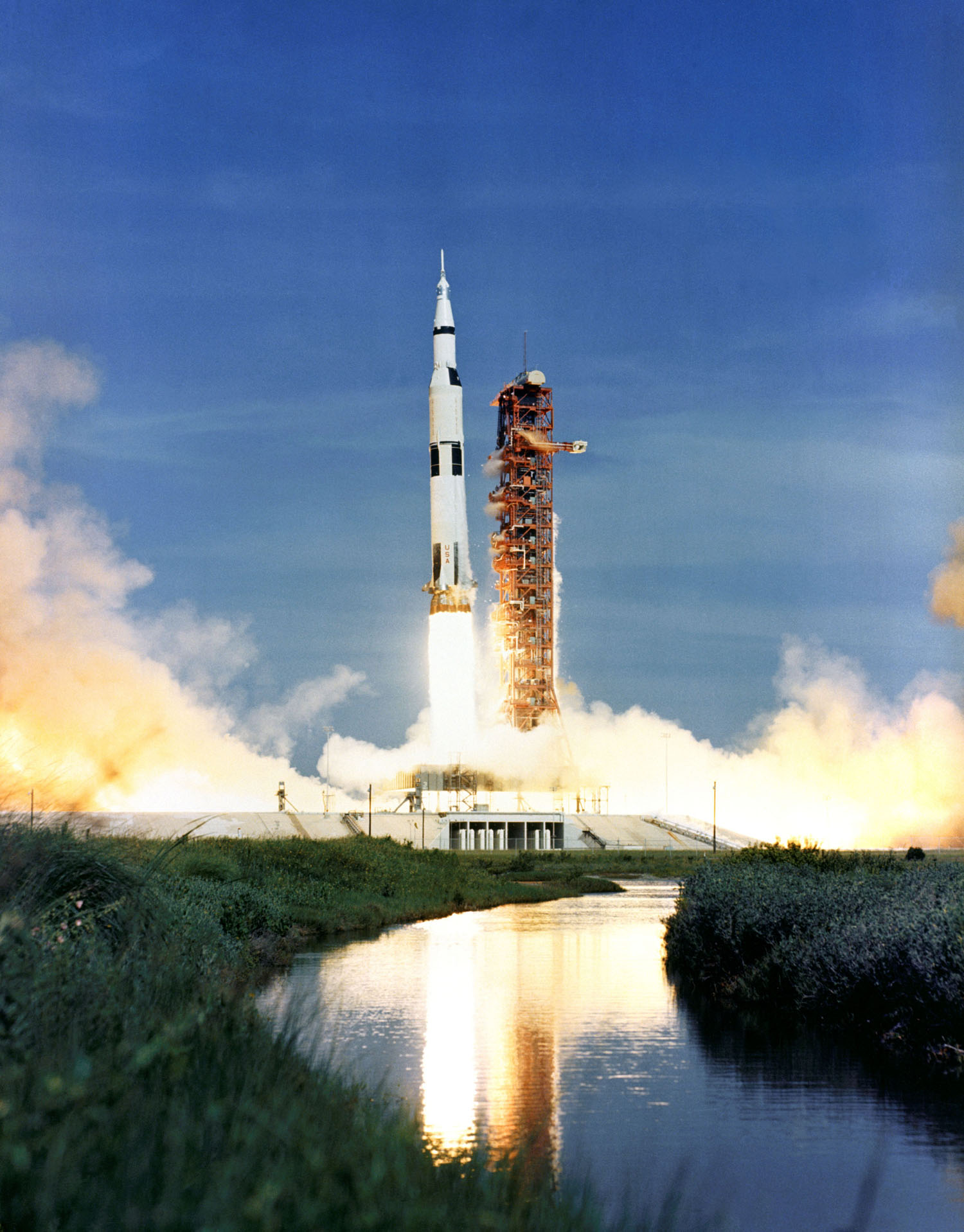
Apollo 15 blasted off from the Kennedy Space Center in Florida, at 9:34 a.m. on July 26, 1971. Commander David R. Scott, command module pilot Alfred M. Worden and lunar module (LM) pilot James B. Irwin were aboard the 363-foot-tall (111 meters) launch structure.
Apollo 15 Lunar Module
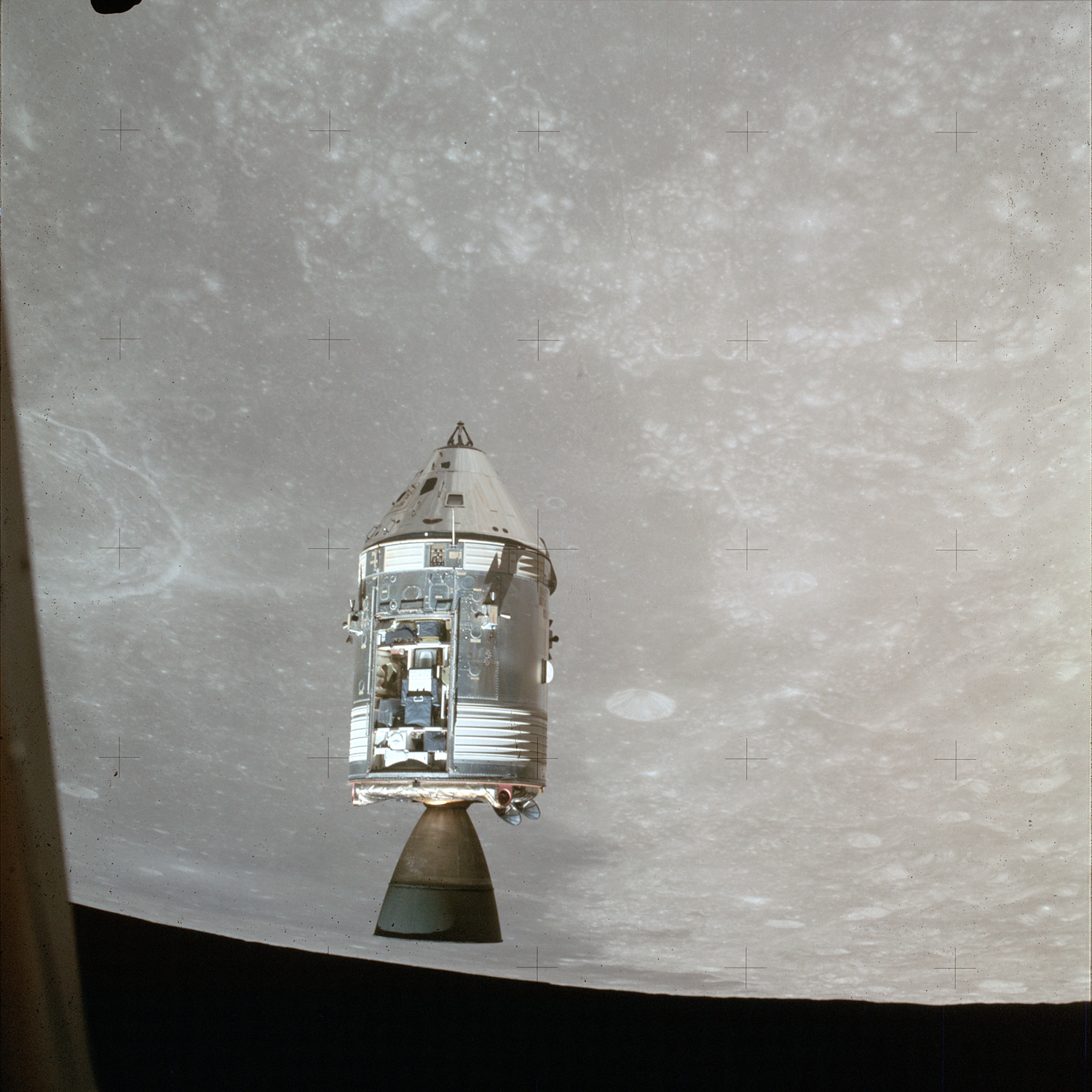
Apollo 15 Commander David R. Scott and lunar module (LM) pilot James B. Irwin landed in the Hadley Rille/Apennines region of the moon on July 30. This photo provides a view from the Apollo 15 command and service module (CSM) in lunar orbit.
Lunar Excavations
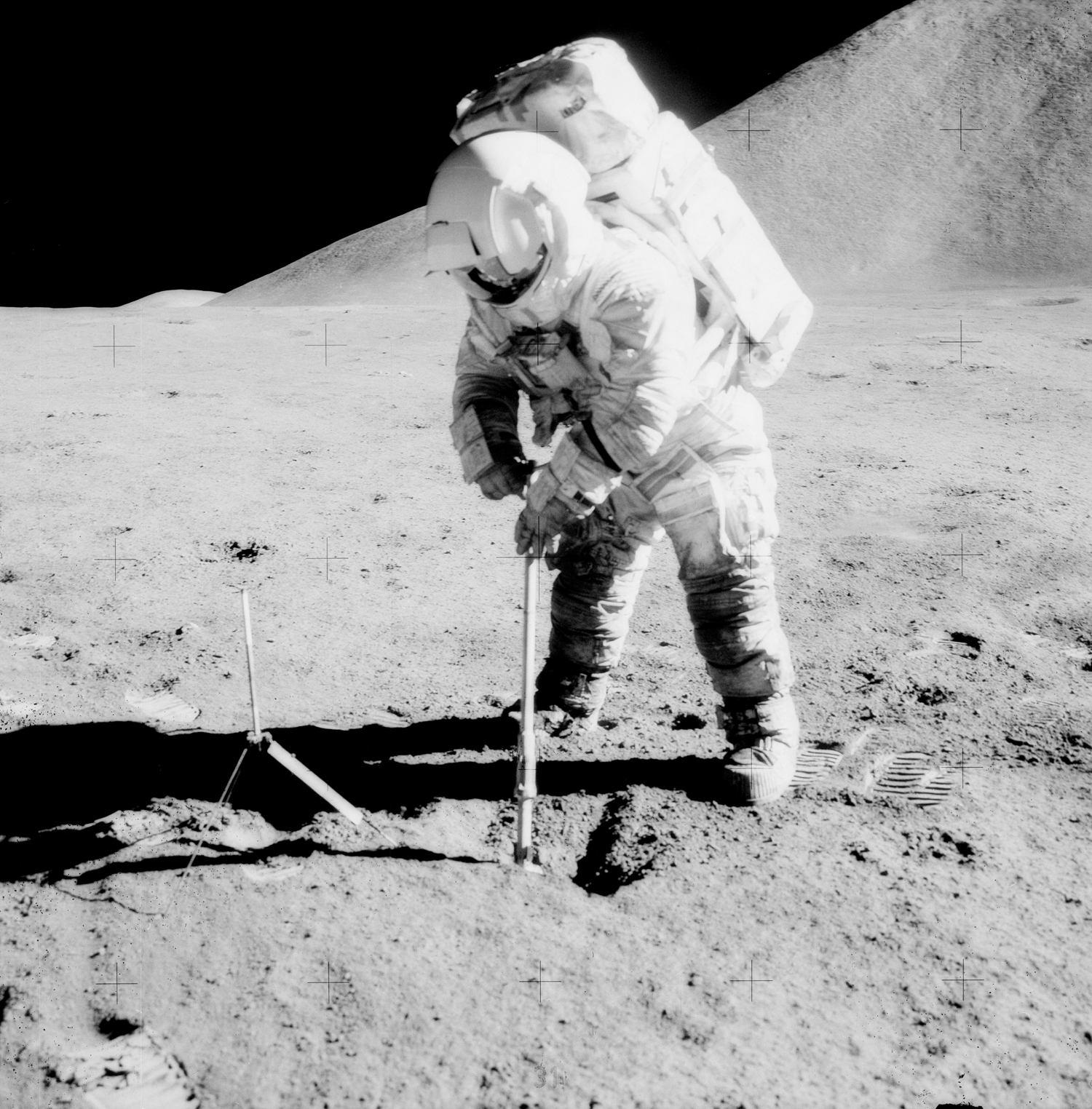
During their stay on the moon, the Apollo 15 astronauts conducted scientific experiments, took photographs and collected core samples from about 10 feet (3 m) below the surface.
First "Moon Buggy"
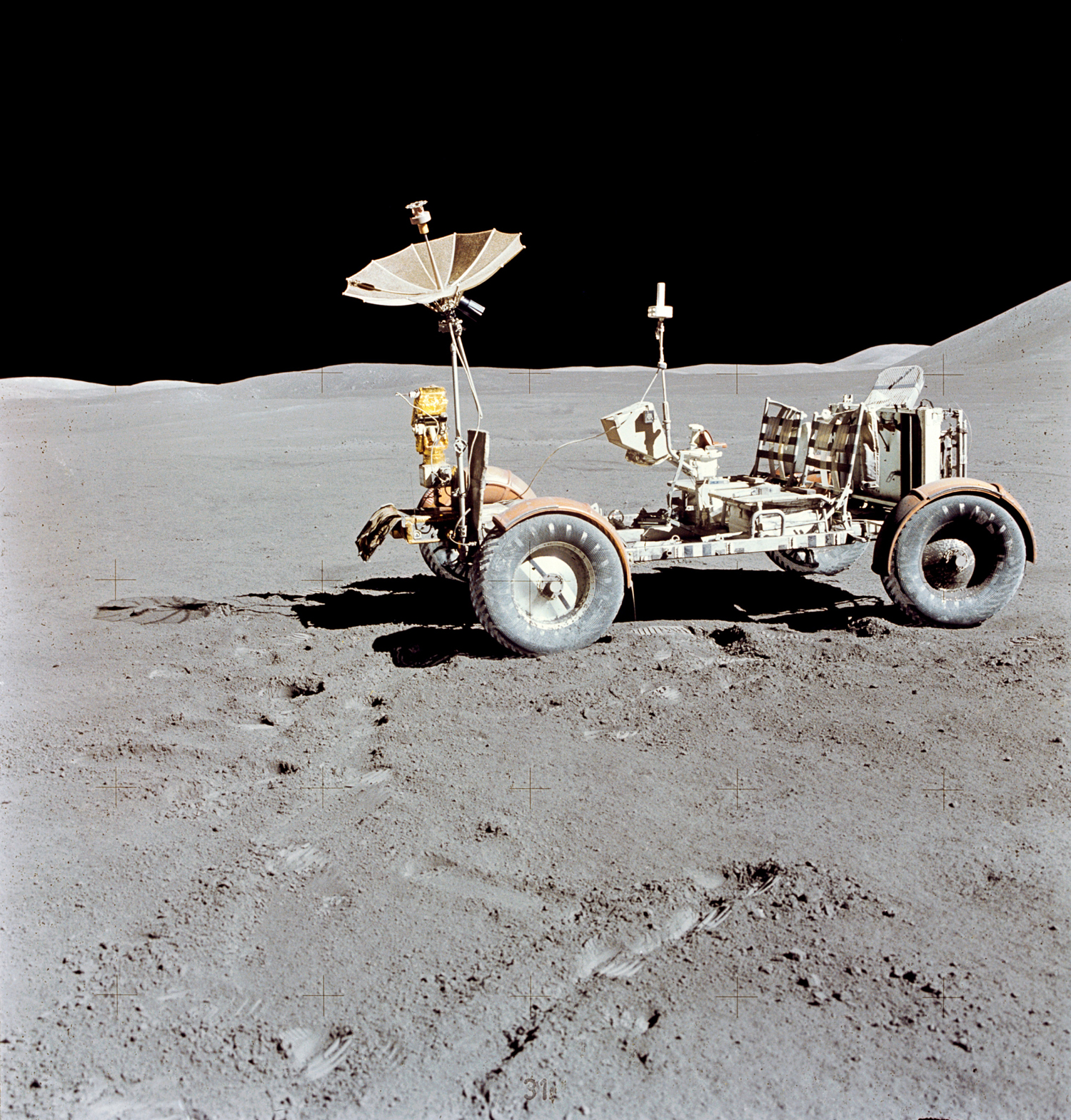
The Apollo 15 mission featured the first use of a "moon buggy," or lunar roving vehicle (LRV), which traveled 17.5 miles (28 kilometers) over the course of three extravehicular activity (EVA) missions on July 31, and Aug. 1 and 2. This photograph was taken at the end of the last EVA.
Lunar Rover Test Run
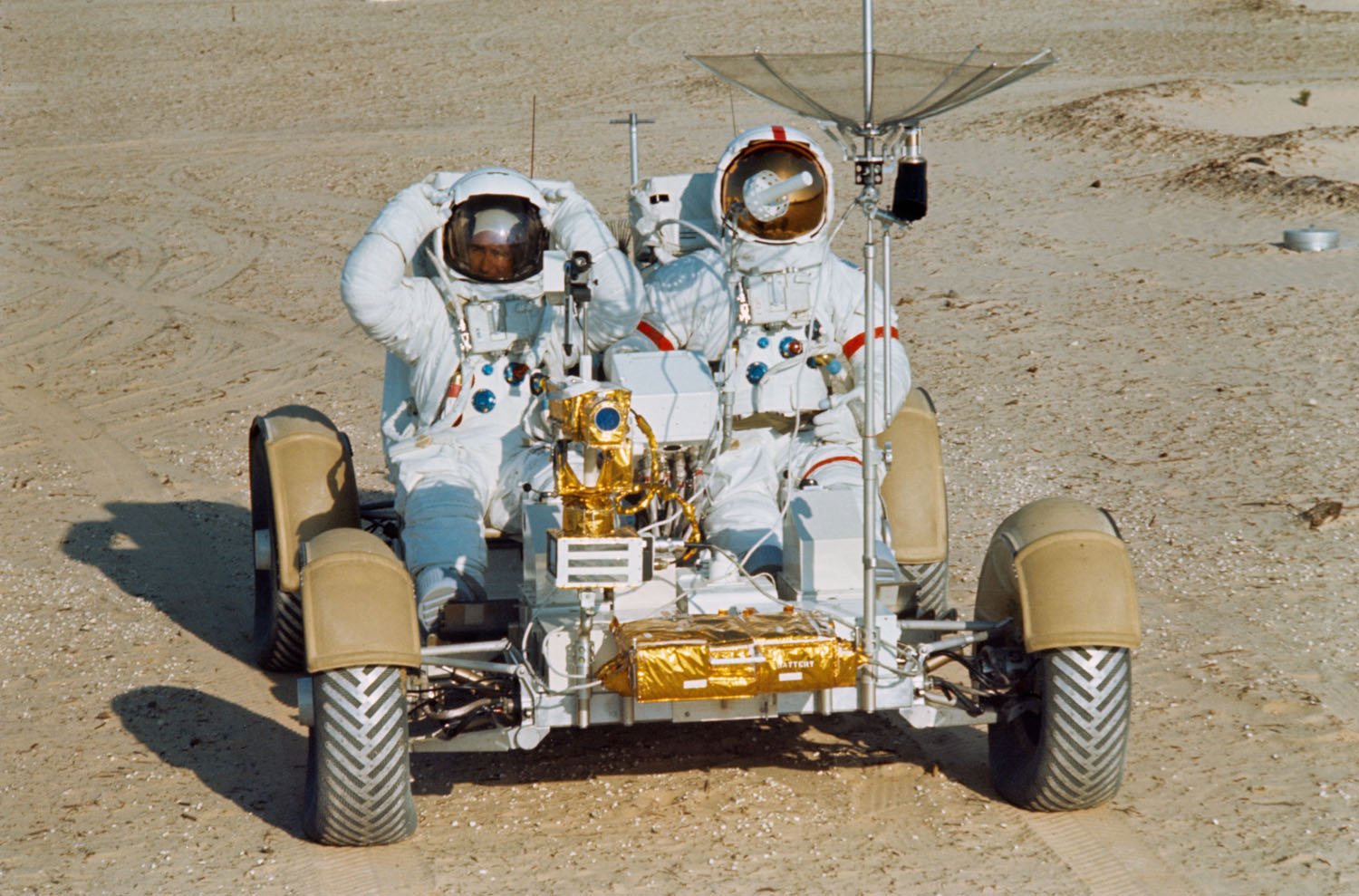
Before taking the LRV to the moon, David R. Scott and James B. Irwin take the vehicle for a spin at the Kennedy Space Center during Apollo 15 lunar-surface EVA simulations.
Get the Space.com Newsletter
Breaking space news, the latest updates on rocket launches, skywatching events and more!
Lunar Module "Falcon"
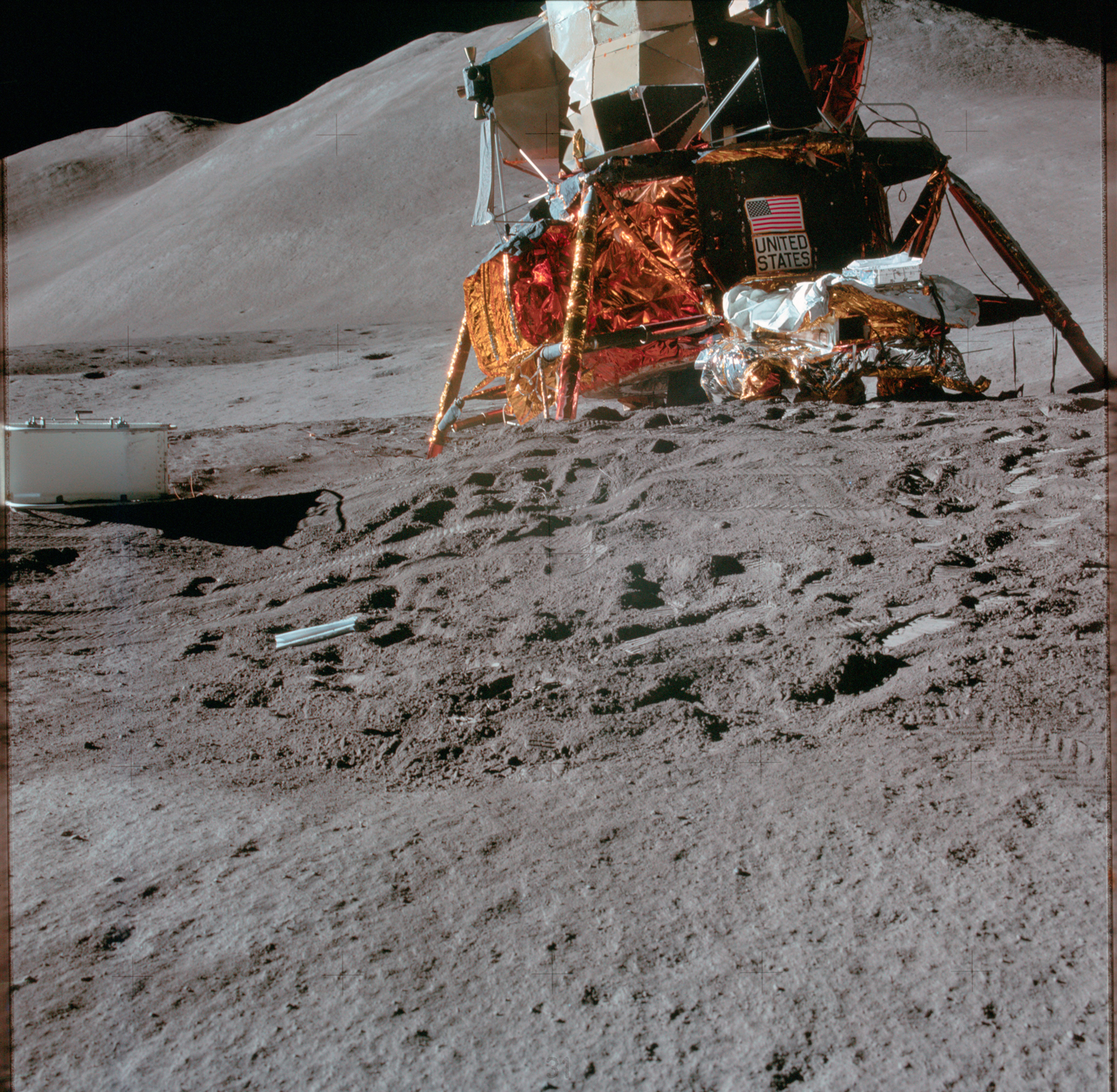
During the first Apollo 15 lunar-surface EVA, the astronauts captured this photo of the LM "Falcon" at the Hadley-Apennine landing site before deploying the lunar surface equipment. Hadley Delta Mountain can be seen in the background.
"Falcon" in the Distance
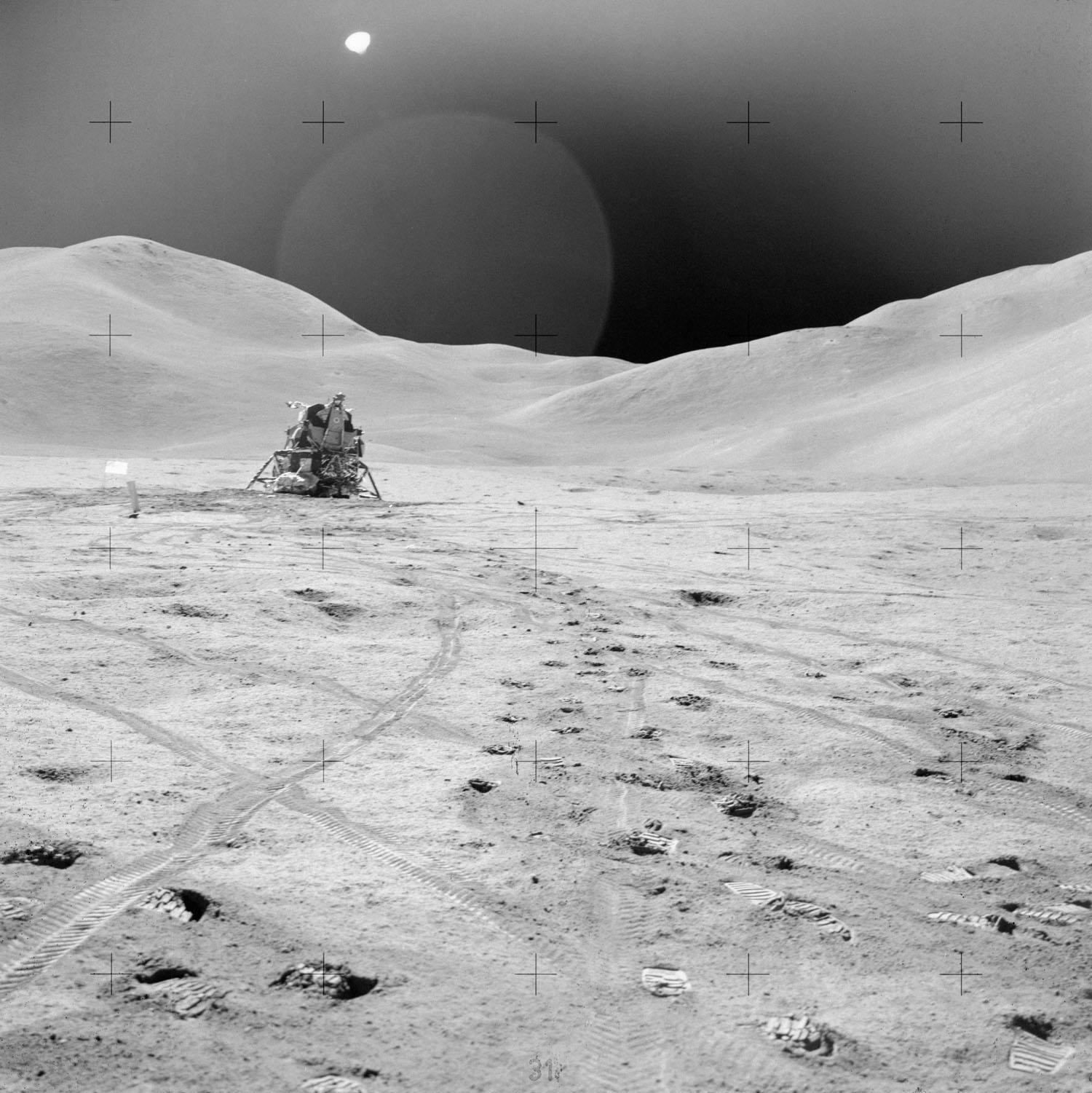
This image, taken during the Apollo 15 mission's third EVA, shows the LM "Falcon" against the moon's barren landscape.
Hadley Delta Mountain Slope
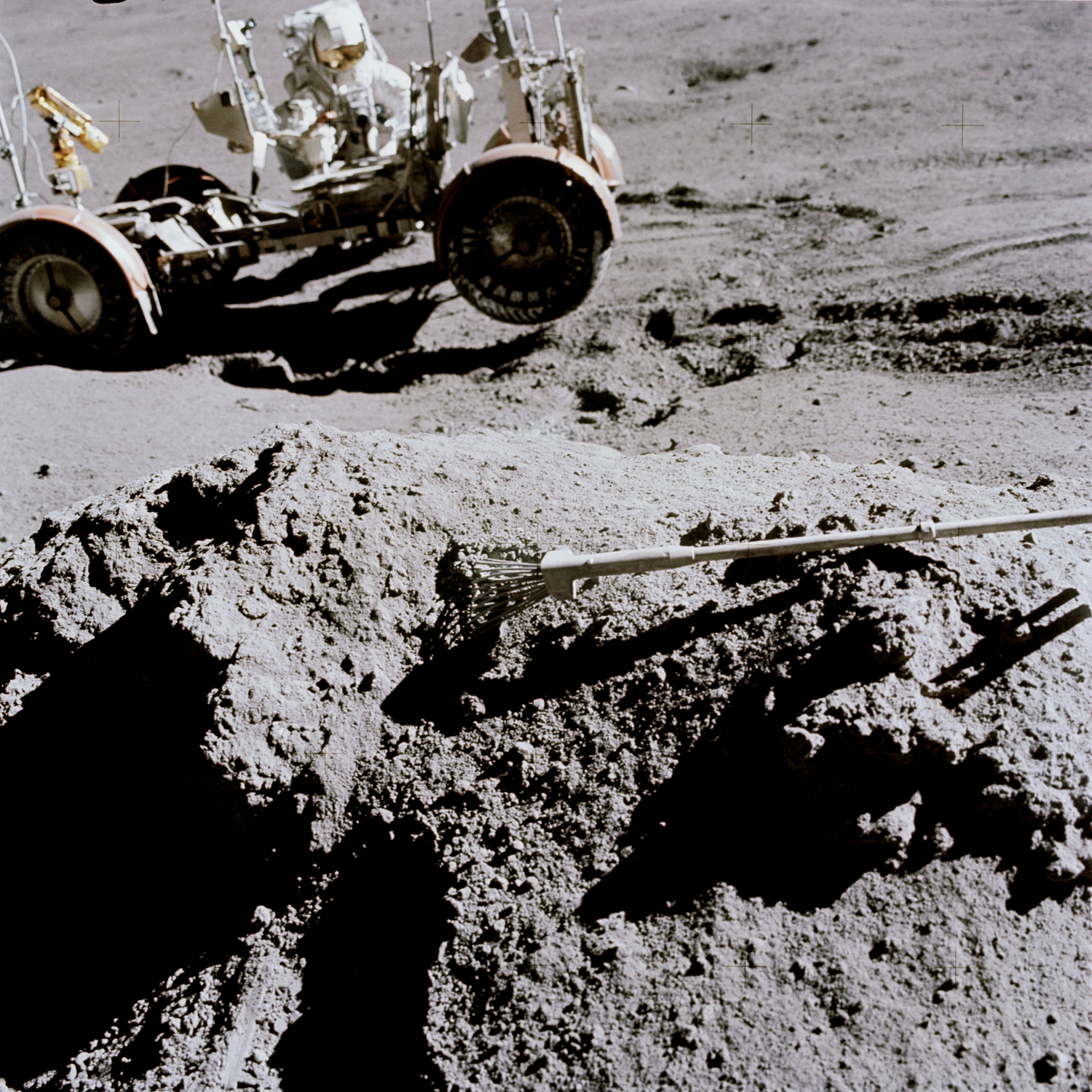
Astronaut James B. Irwin makes sure the LRV doesn't roll down the Apennine Front slope of the Hadley Delta Mountain, while David R. Scott takes photos and collects lunar samples, during the Apollo 15 mission.
A View of Earth
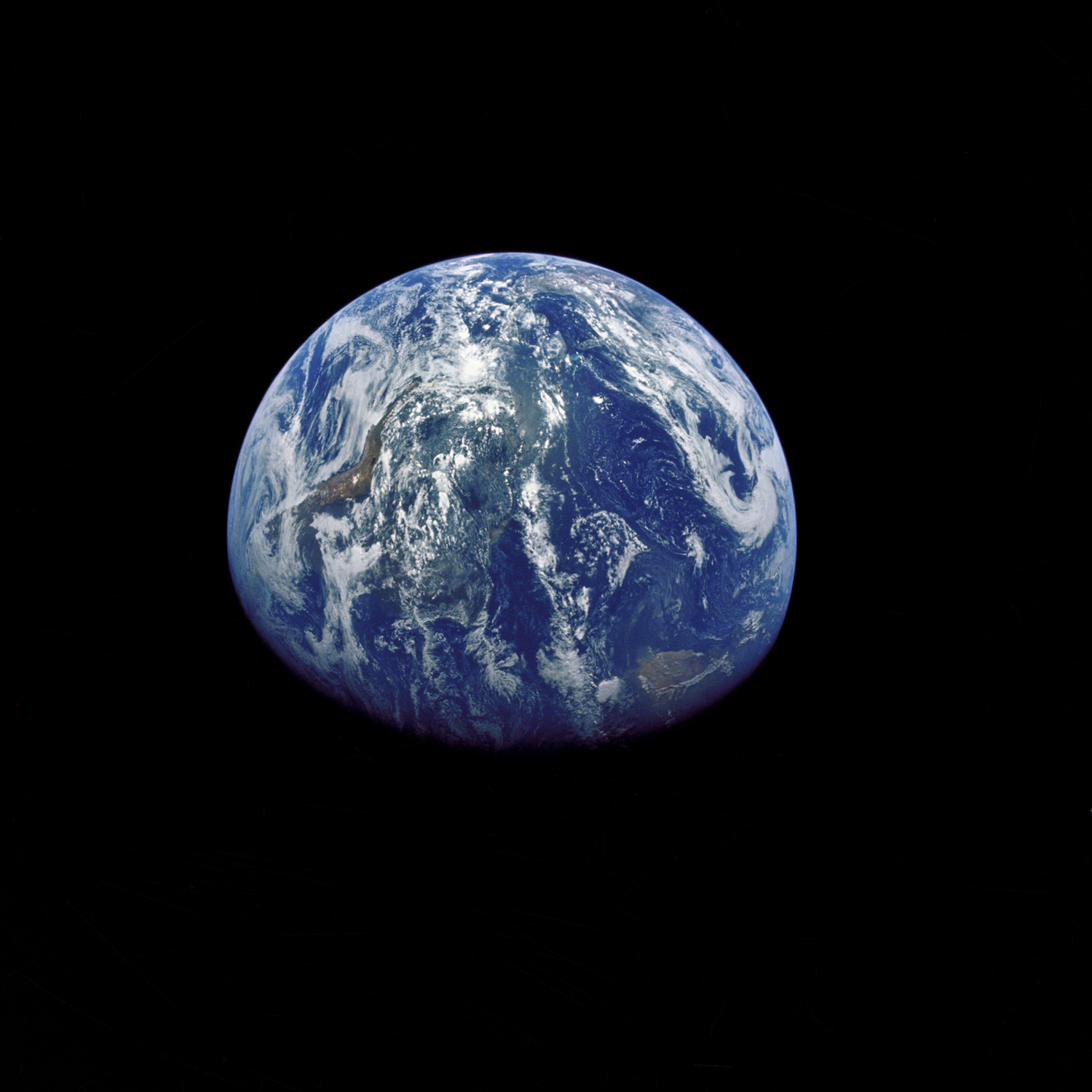
The three astronauts aboard Apollo 15 captured this photo from the spacecraft window, at a distance of between 25,000 and 30,000 nautical miles (46,000 to 56,000 km) from Earth.
Join our Space Forums to keep talking space on the latest missions, night sky and more! And if you have a news tip, correction or comment, let us know at: community@space.com.

Samantha Mathewson joined Space.com as an intern in the summer of 2016. She received a B.A. in Journalism and Environmental Science at the University of New Haven, in Connecticut. Previously, her work has been published in Nature World News. When not writing or reading about science, Samantha enjoys traveling to new places and taking photos! You can follow her on Twitter @Sam_Ashley13.









